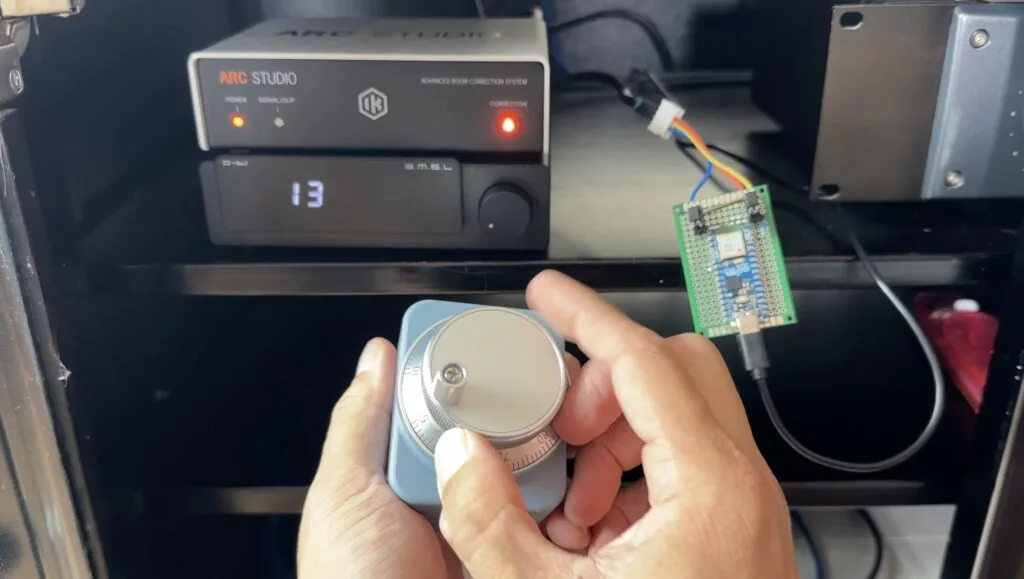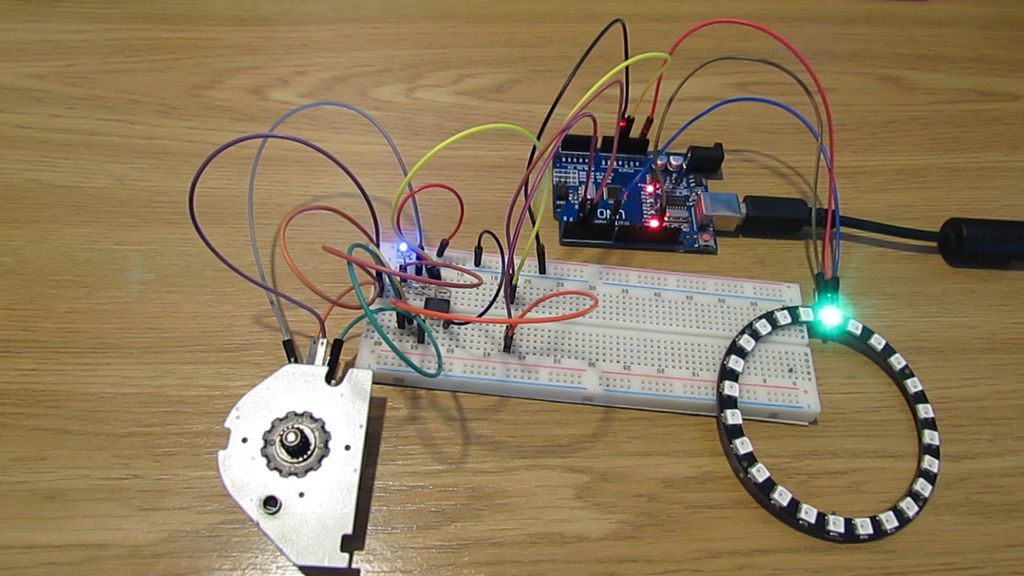Schlagwort: rotary encoder
-

Control your volume with a wireless rotary encoder, as you deserve
Reading Time: 2 minutesEvery decent stereo sold since the invention of sound has included a knob on the front for adjusting volume. There are influencers and entire communities dedicated to evaluating the feel of those wonderful knobs. So why would you settle for the mushy volume buttons on a remote? Eric Tischer didn’t think he…
-

Stepper motor utilized as a rotary encoder with Arduino
Reading Time: < 1 minuteStepper motor utilized as a rotary encoder with Arduino Arduino Team — July 16th, 2018 Stepper motors work by alternating a series of magnets in order to rotate its shaft by a certain angle. When the shaft is manually twisted, these magnets produce an electrical signal in a predictable pattern, which…

